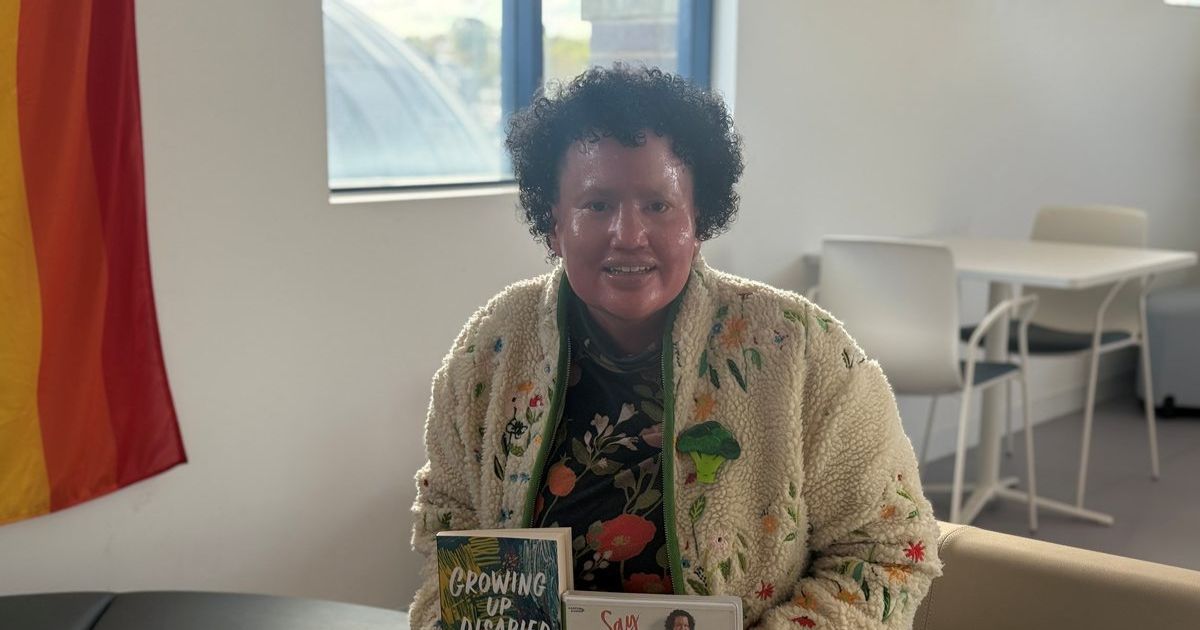From the desk of Roland Rocchiccioli – 11 February

Unchanged: Animal Justice Party upper house MP for Northern Victoria, Georgie Purcell, has found herself at the centre of a controversy about the role of artificial intelligence in the media. Image: FILE
The ABC is an important broadcasting institution. It is the voice of the people. It must be impartial, unfailingly.
THE increasing inclination of journalists to place themselves at the centre of the story, and to proffer their opinions about events rather than to provide a fair, balanced and detailed report, is disquieting, and cause for grave concern. Their blatant hubris contaminates the public discourse.
Access to the airwaves – particularly the ABC, comes with onerous responsibility. The opportunity to host a program does not, by osmosis, grant permission to lend partisan support, or espouse personal opinions.
Several ABC presenters are habitual offenders. They flagrantly nail their colours to the mast. Vocal aggression for interviewees holding a differing opinion is barely concealed.
The current maelstrom engulfing the ABC is a consequence of their own negligence. Myopic, egotistical journalists, obsessed with their own celebrity, have been permitted to run rampant, for too long. There is an urgent need to eliminate megalomaniacal behaviour. Interviewers are the conduit for the story. They need to learn: the job is important – they are not!
That computers have the capacity to alter the physical shape of the subject, and to redesign the wearer’s outfit, is problematical.
Artificial intelligence, or AI, aside, it is too ludicrous to believe. The ramifications are alarming. What does it mean for the truth?
Animal Justice Party crossbencher Georgie Purcell said of Nine’s explanation regarding her altered picture appearing in a story on its Melbourne news, “I’m not convinced by their statement, but I’m not an expert.”
Maybe channel 9’s explanation is true and correct; however, the application of AI opens a Pandora’s box. It takes us into precarious territory. It presents a plethora of serious questions. How do we maintain control over personal images in the public domain? Who is responsible for their protection?
While there are many available brands of image editing software, a generic search revealed, ‘Photoshop analyses the image and automatically corrects the colour and exposure. Photoshop does not overwrite the original image. It creates a copy with the adjustments you make. Always, the original image is saved in a separate file’.
Photoshop has the capacity to alter and create wonderful images; however, it requires an operator. Computers are, at least for the present, inanimate objects. They cannot make choices without first being programed.
While the pictorial enhancement displays a glaring lack of judgement, it is not the most heinous of crimes; however, it is a manifestation of a more insidious problem: society’s visual expectations of women. We live in a patriarchal society. A man with a huge gut is photographically acceptable, but the size of women’s breasts, and the shape of her body, are expected to conform to a specific, misogynistic prototype. The notion is unacceptable, and unhealthy; it leads to serious, psychological problems, including body dysmorphic disorder, which starts in the teenage years when concern over physical appearance is common.
Gender equality challenges are nuanced and vexed. They are born of years of innate paternalism. Society has constructed a worthlessness around women’s age. Seemingly, mother nature was consulted and, apparently, 35 was nominated the age at which women lose their worth.
The gender zeitgeist requires an intensive inculcation strategy, starting in primary schools. It is a learned mindset.
Women will never be equal to men until they are able to wander the streets wearing thongs, a blue singlet, with a huge gut hanging over the top of their baggy shorts, picking their bums and farting, and believing they are tormentingly sexy!
Roland joins Brett Macdonald 3BA 10.45am each Monday and can be contacted via [email protected].


















